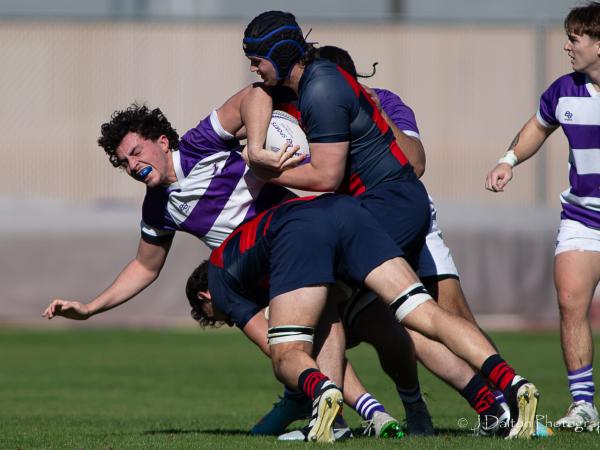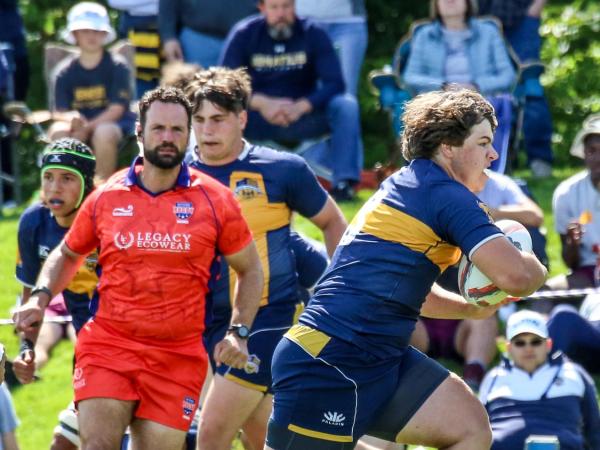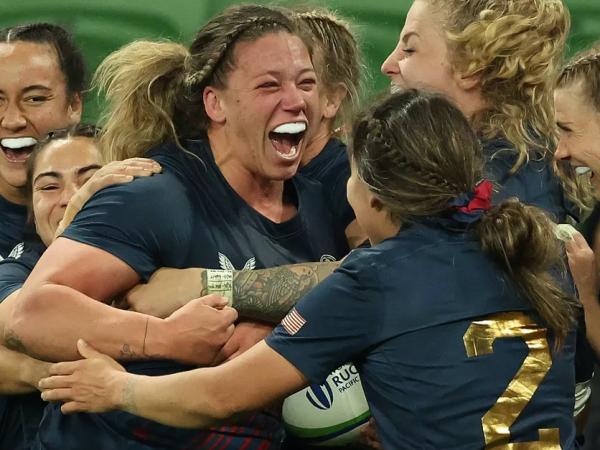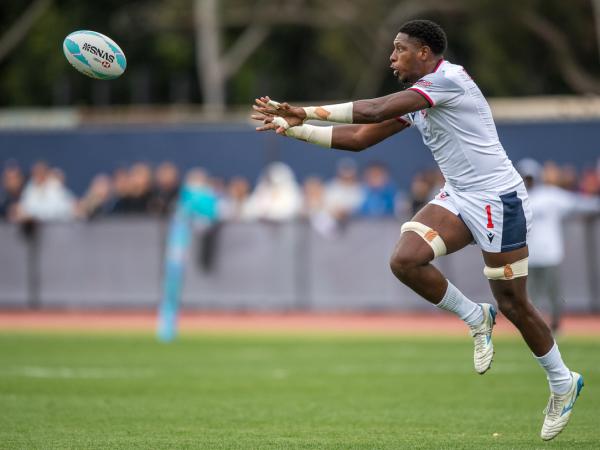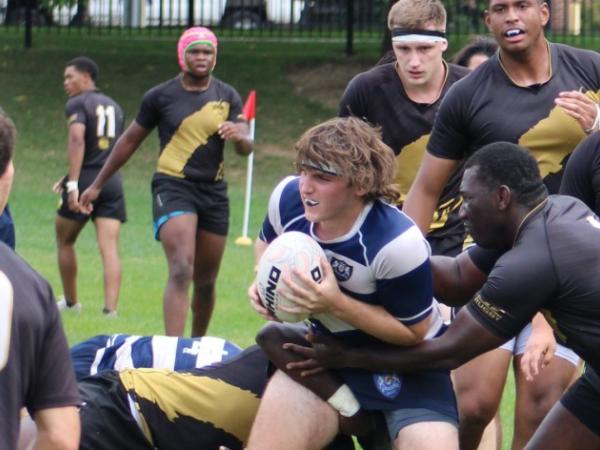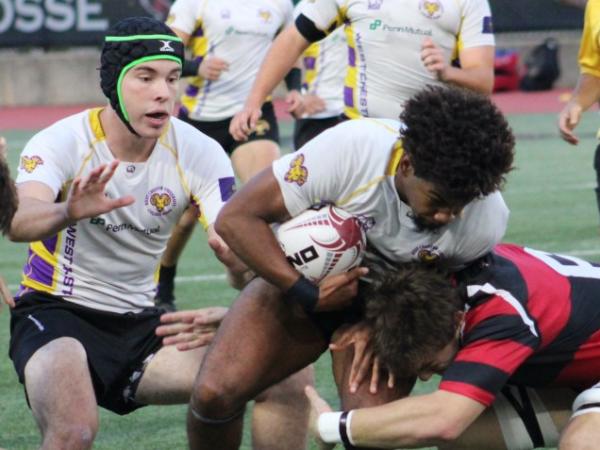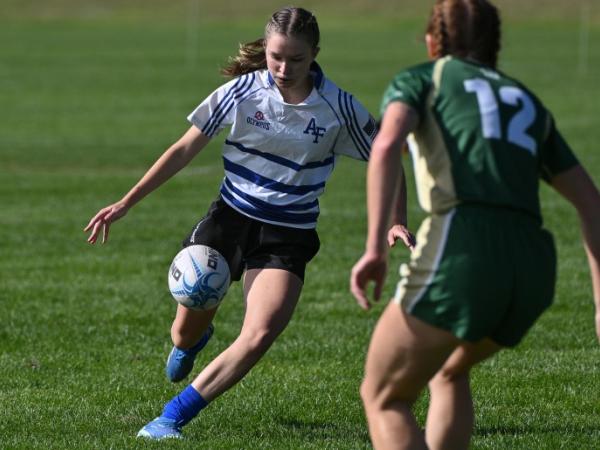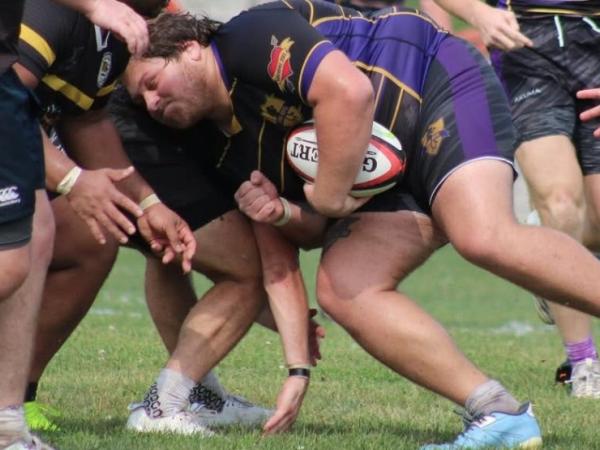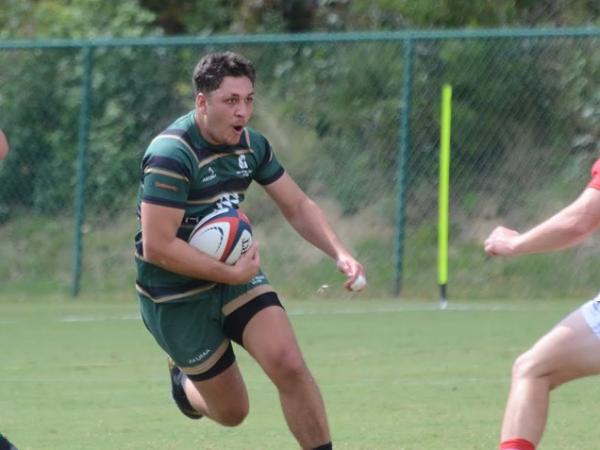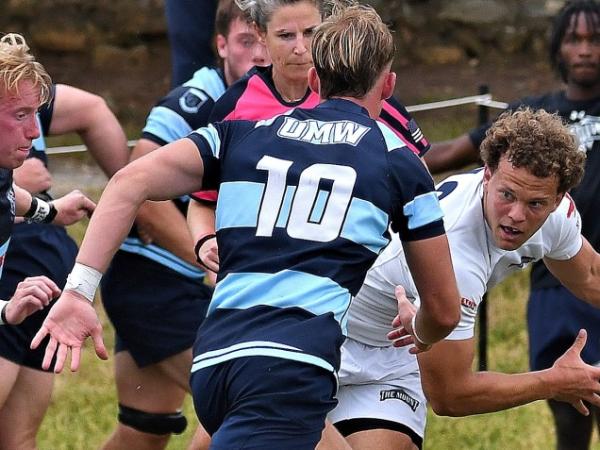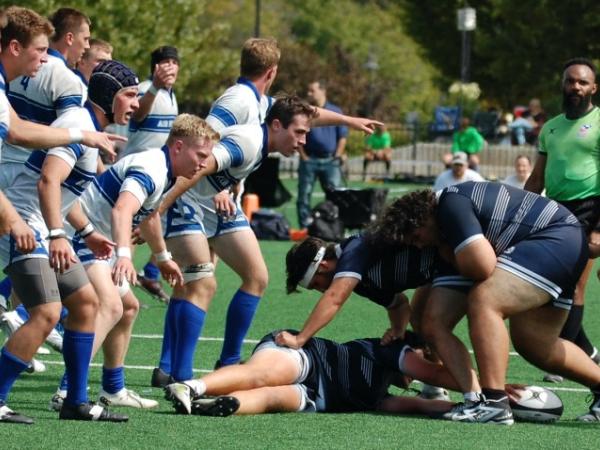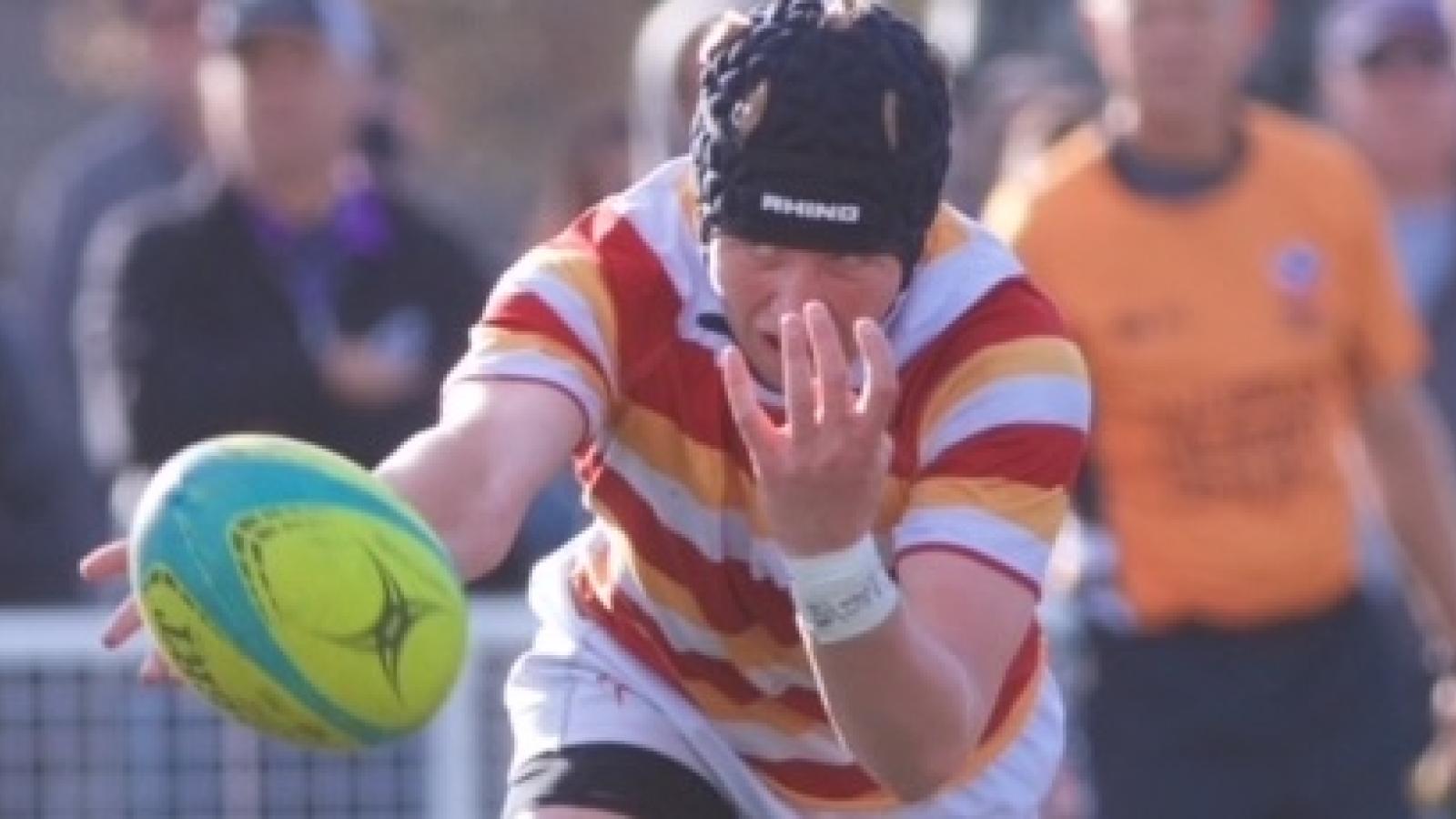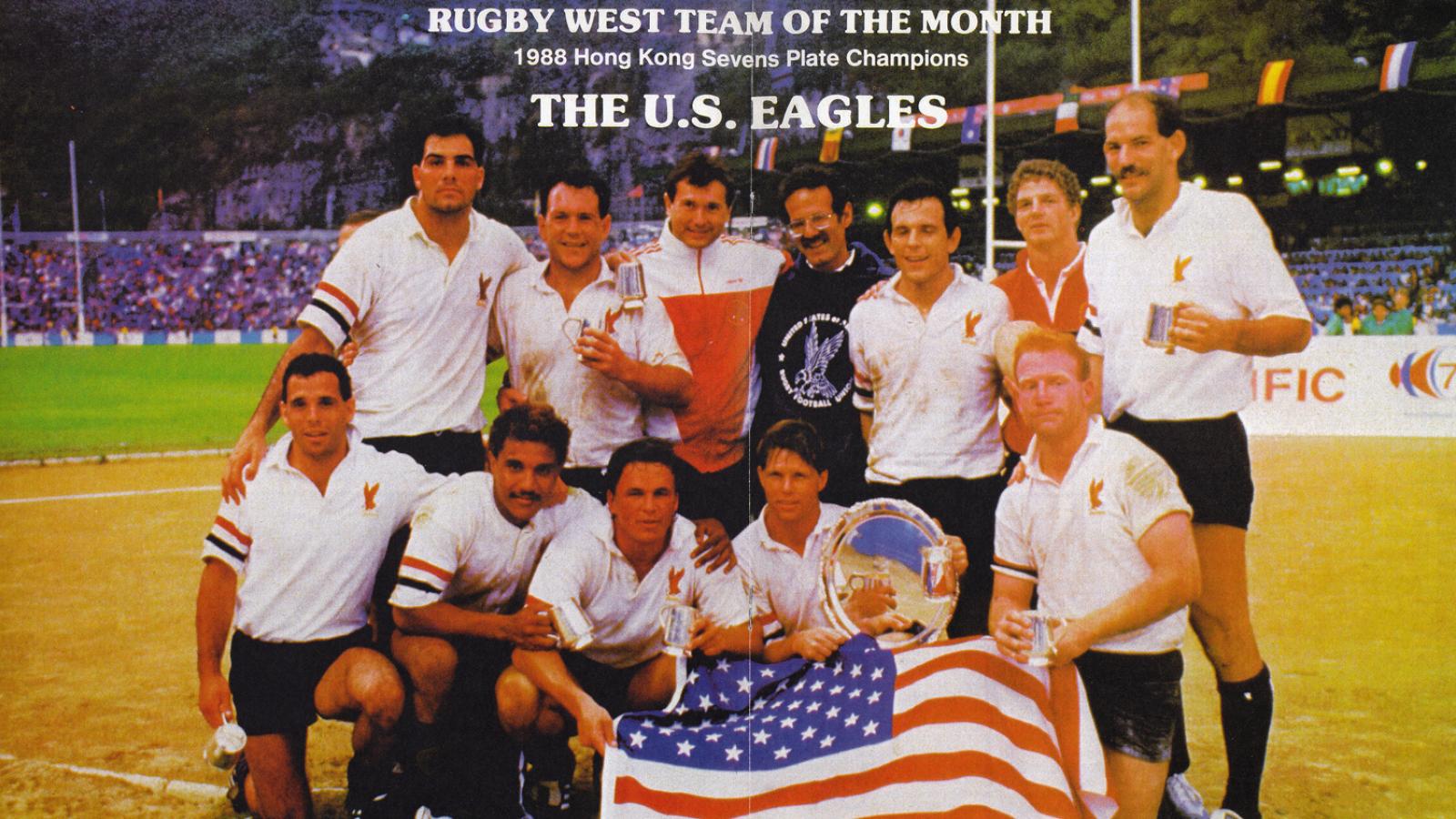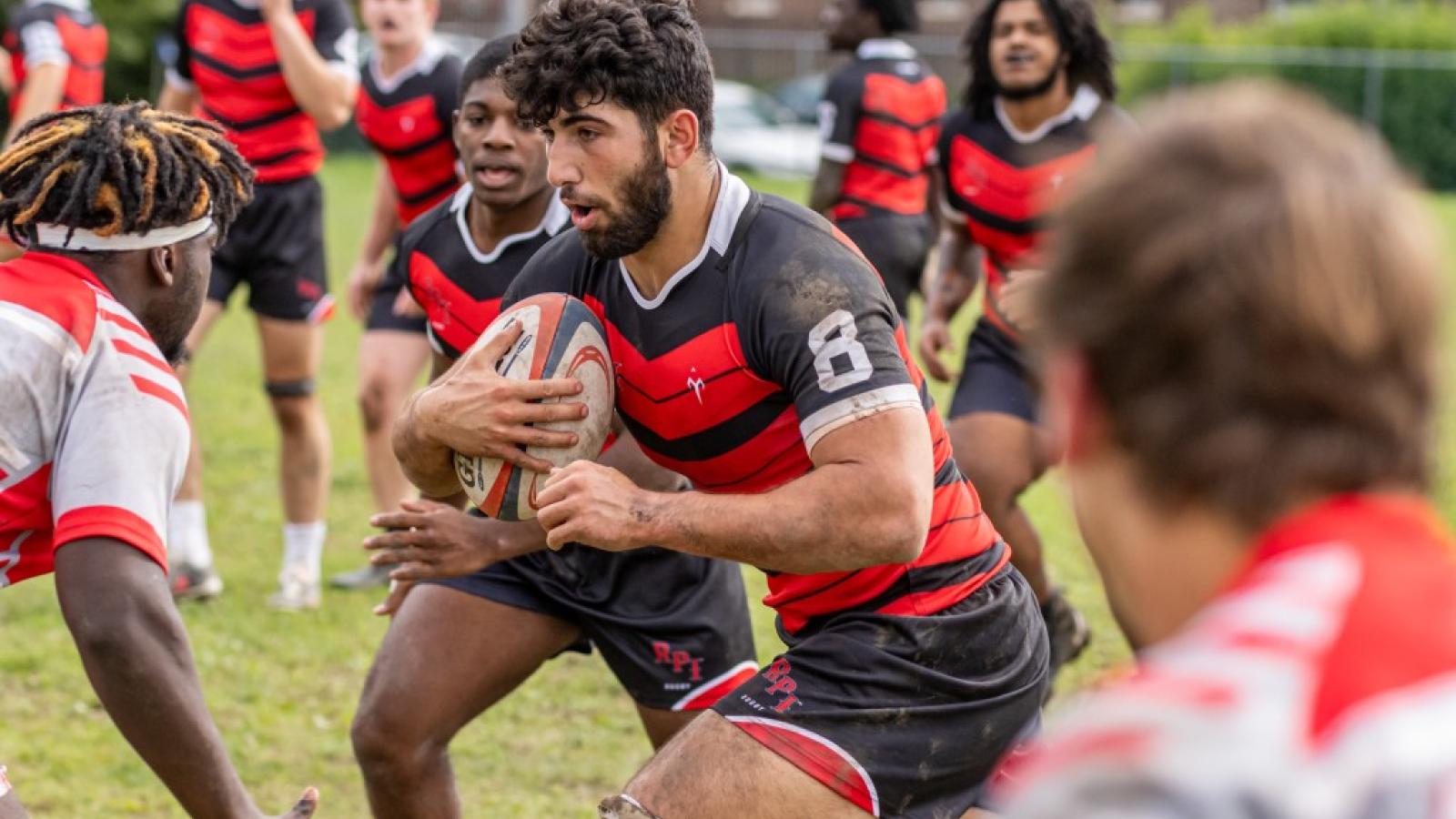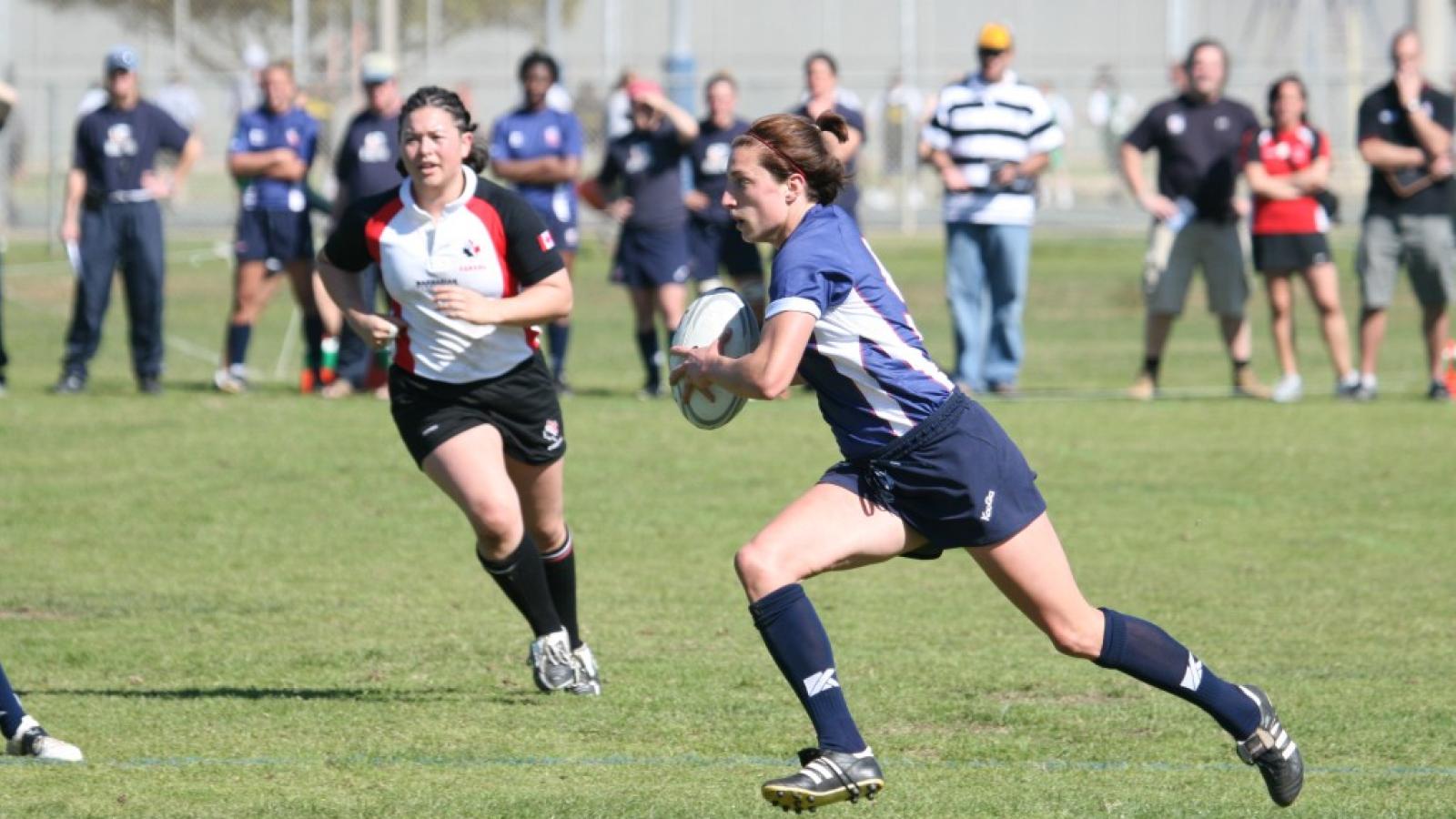So let's have a look at this USA performance in Women's Rugby Sevens.
Analysis by Alex Goff
We can first of all stipulate how much this mattered to the players. All you have to do is look at the scenes after the Eagles lost to Great Britain in the Quarterfinals to see how much it mattered. To see the Great Britain players console USA co-captain Abby Gustaitis showed so much about this great sport, including the camaraderie between opponents, and how much effort, physical and emotional, goes into it.
This is all true. But, there are also various things to pick apart in the performance. What I, as a longtime rugby analyst and observer, don't get, is how you can leave even the attempt at your A game back home. We've seen the USA women's team win tournaments. They've done it by being direct with their powerful runners, and finding space quickly. They've done it by playing as a team, with support runners right behind when a player goes on a break.
East-West, not North-South
In Tokyo, we didn't see much of that. What we did see was players trying to run sideways around defenders while they were stuck in their own 22. The technical term for this kind of play is "dumb." Only one player in World Rugby can consistently run sideways around defenders and that's Carlin Isles, and even he does it only when he has a defender isolated and has space on the outside. Trying to run sideways around defenders who have teammates outside them is not smart.
Risk Averse
The USA didn't take a lot of risks. This is a mental thing you sometimes see players suffer from in big events—normally they'd make that final pass or at least work a loop move on the outside. Instead we saw the USA eschew testing opponents on the outside, and in a broader sense, passing slowly—no quick catch-and-pass moves to free up players in space. Instead they played it safe, which is the road to disaster.
Fiji won Bronze in part by throwing caution to the wind. Half-measures in the Olympics kills.
Speed
Was the USA fast enough? Well, as we said above, we didn't see a lot of effort to free up the outside runners so maybe we'll never know. Overall, the USA team speed looked lacking, and some players who have a reputation for being quick didn't look it in Tokyo.
Restarts
The USA is the best restart team in the world and their restarts were poor against pretty much everyone. The kicks were off target. The timing seemed off. In at least one instance, you had Jordan Gray on the left and Gustaitis on the right and the kick was straight ahead, meaning both players had to run extra to go for the ball. Neither got it.
But overall, receiving and kicking, the USA restarts needed to be a key source of possession, and it wasn't.
Fitness and Trust
Fitness and Trust are two of the most important aspects of a successful rugby team. If you're not sufficiently fit, then everything is more work. And if you don't trust your teammate to be there for the pass, to make the tackle, or do the smart thing, you stop working with them and start thinking you have to carry more of the load.
Certainly we saw some players jump in as additional tacklers because (we're guessing) they couldn't be sure the first tackler would do the job. Certainly we saw some players not make a pass because they hesitated for some reason.
And certainly, when it comes to fitness, we saw some players who appeared enervated, lacking in lateral movement, and slow. All that stuff about running support lines or loop moves, or about being flat and static, is related to showing your fitness.
The Microcosm Moment
Against Great Britain, the USA was moving forward and set a ruck on the left side of the field about 35 meters from their own tryline. What followed then was four passes where every single player catching the ball was standing still. The result was that when poor Naya Tapper caught the last pass she was static and seven meters from her own tryline with a bunch of GB defenders in her face.
In old-school parlance, this is called a hospital pass. Somehow Tapper retained ball, but then Lauren Doyle decided to run sideways in front of a wall of defenders. She got caught, and when Tapper did the same thing she was penalized right in front of the posts. GB then scored.
This was horrible rugby. It was badly done on so many levels and it epitomized how the Eagles helped pressure defenses by putting themselves under more pressure.
Take away time and space? The USA did that all on their own.
We don't know who decided that a slow wide game in your own 22 was the way to go. We don't know who decided that a sidestep and going forward, or maybe a kick once in a while, wasn't an option when getting the Eagles out of trouble. We don't know who decided to make passes while everyone is standing still. We do know we saw footage of the team training, and they were playing a dynamic game in practice.
Did it matter to these players? For sure. Did they put years into it? Absolutely? Did they play their best as a group? No, obviously not. Restarts, support running, understanding how to get out of trouble, and working off the ball have all been better many times. And when it's the Olympics, all of these things become that much more amplified.
Having said all of that, note that getting a medal at the Olympics is pretty tough. Consider that Great Britain, which took the best of England, Scotland, Wales, and Northern Ireland, didn't medal. Australia, which won in 2016, didn't medal. Canada, which took Bronze in Rio, didn't medal. Neither did the USA, and maybe some of things we list above had something to do with it.











